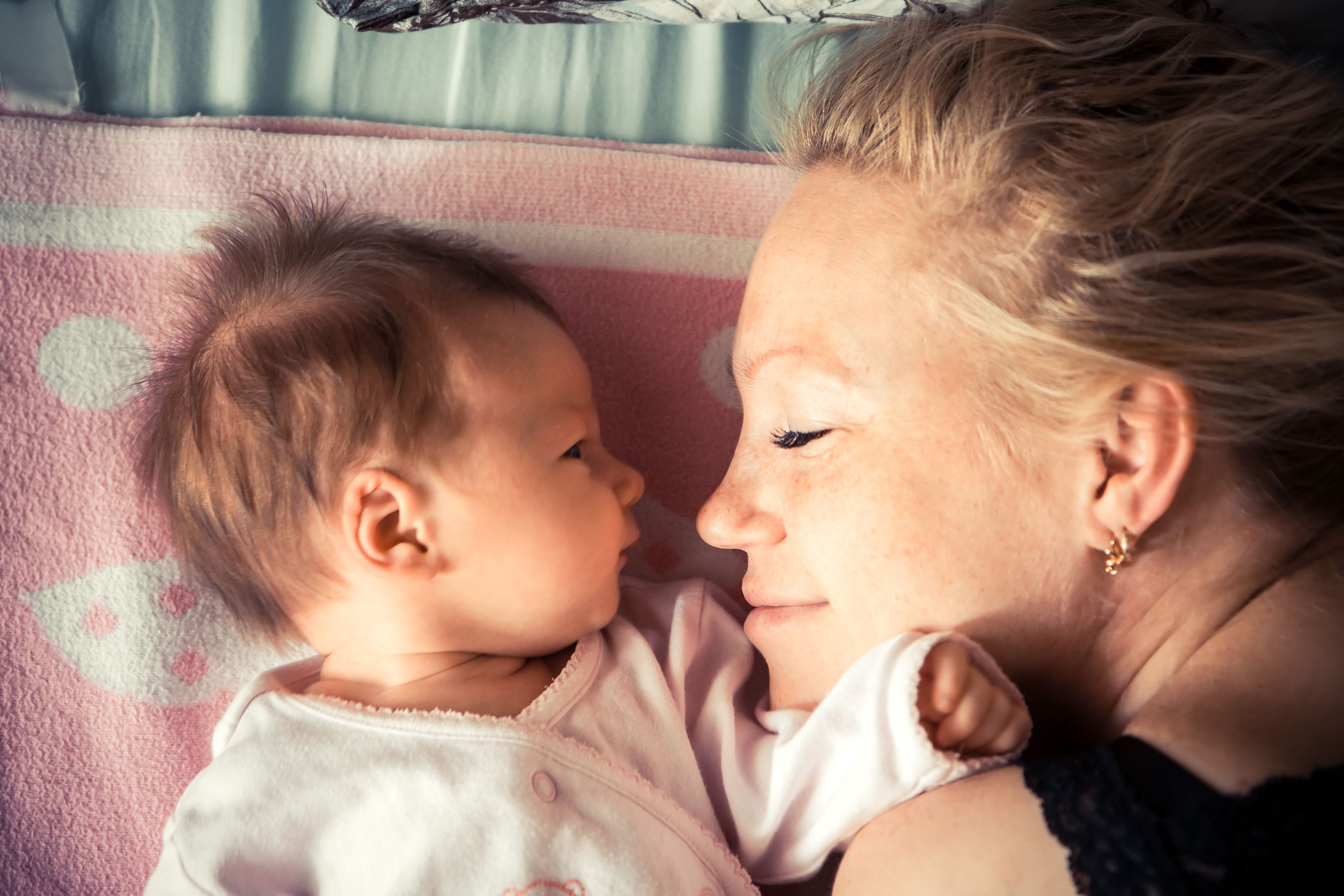
From the day your baby is born their brain is growing and developing. They learn by connecting with people so it’s important for parents and carers to provide them with as many learning opportunities as possible to encourage their development.
The following information has been sourced from the Early Years Learning Framework Developmental Milestones booklet, developed by Community Child Care Co-operative Ltd NSW (CCCC) for the Department of Education.
How can you encourage your baby’s learning?
- Display delight, encouragement and enthusiasm for their achievements
- Make and play with sounds together
- Get into a routine – eat, sleep, play, repeat
- Make positive eye contact as often as possible
- Talk and sing to them
- Play simple games e.g. peek-a-boo
- Smile back when he or she smiles at you
Physical development
Physical
- moves whole body
- squirms, waves arms, moves legs up and down
- the emergence of eating and sleeping patterns
- responds to being placed on a flat surface
- reacts to sudden loud noises
- head turns to side when cheek touched
- sucking motions with mouth (seeking nipple)
- responds to gentle touching, cuddling, rocking
- shuts eyes tight in bright sunlight
- able to lift head and chest when laying on stomach
- begins to roll from side to side
- starts reaching to swipe at dangling objects
- able to grasp object that is put into hands
Social development
Social
- smiles and laughs
- makes eye contact when held about 20cm from face of adult looking at them
- may sleep most of the time
- alert and preoccupied with faces
- moves head to sound of voices